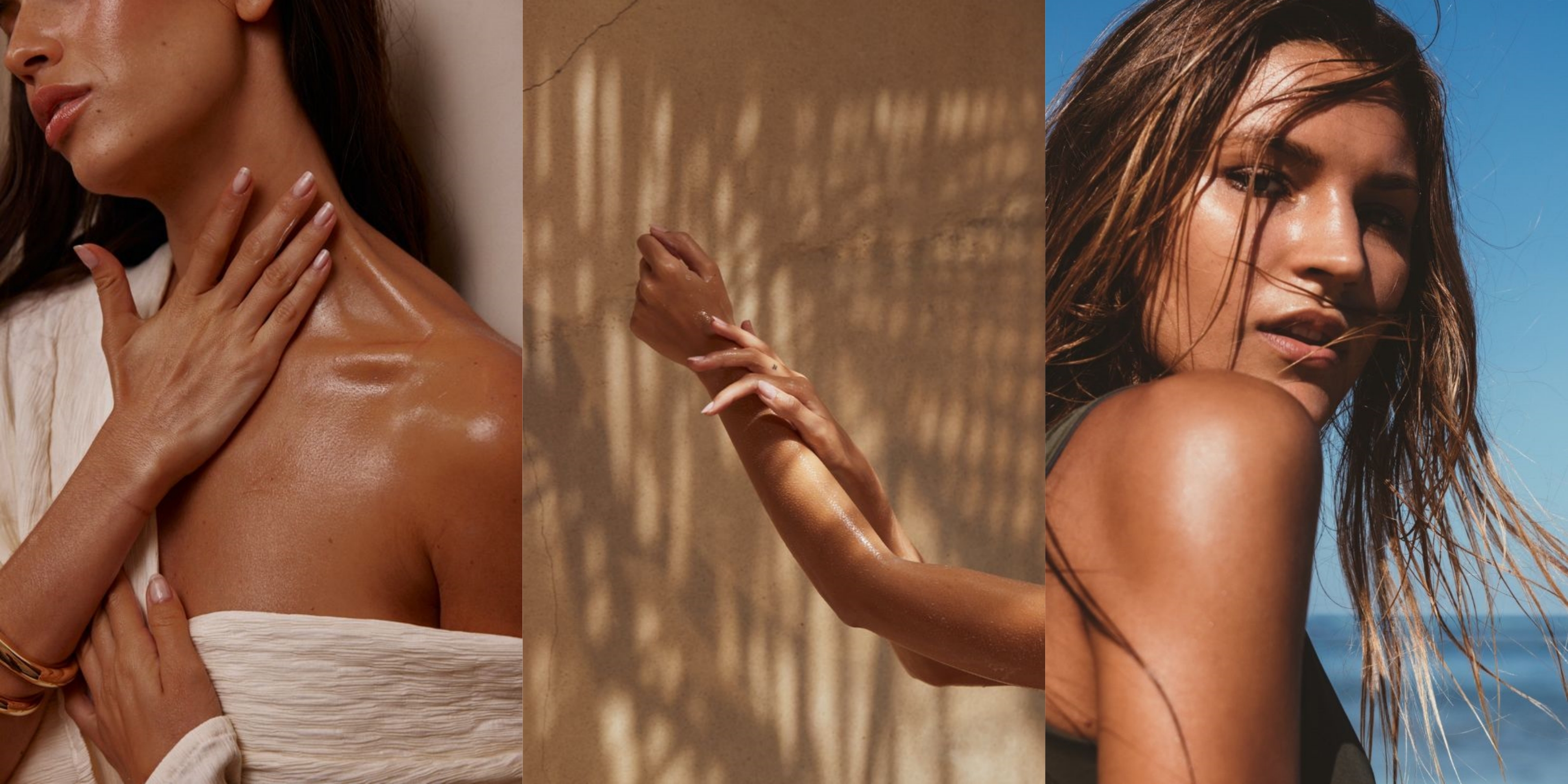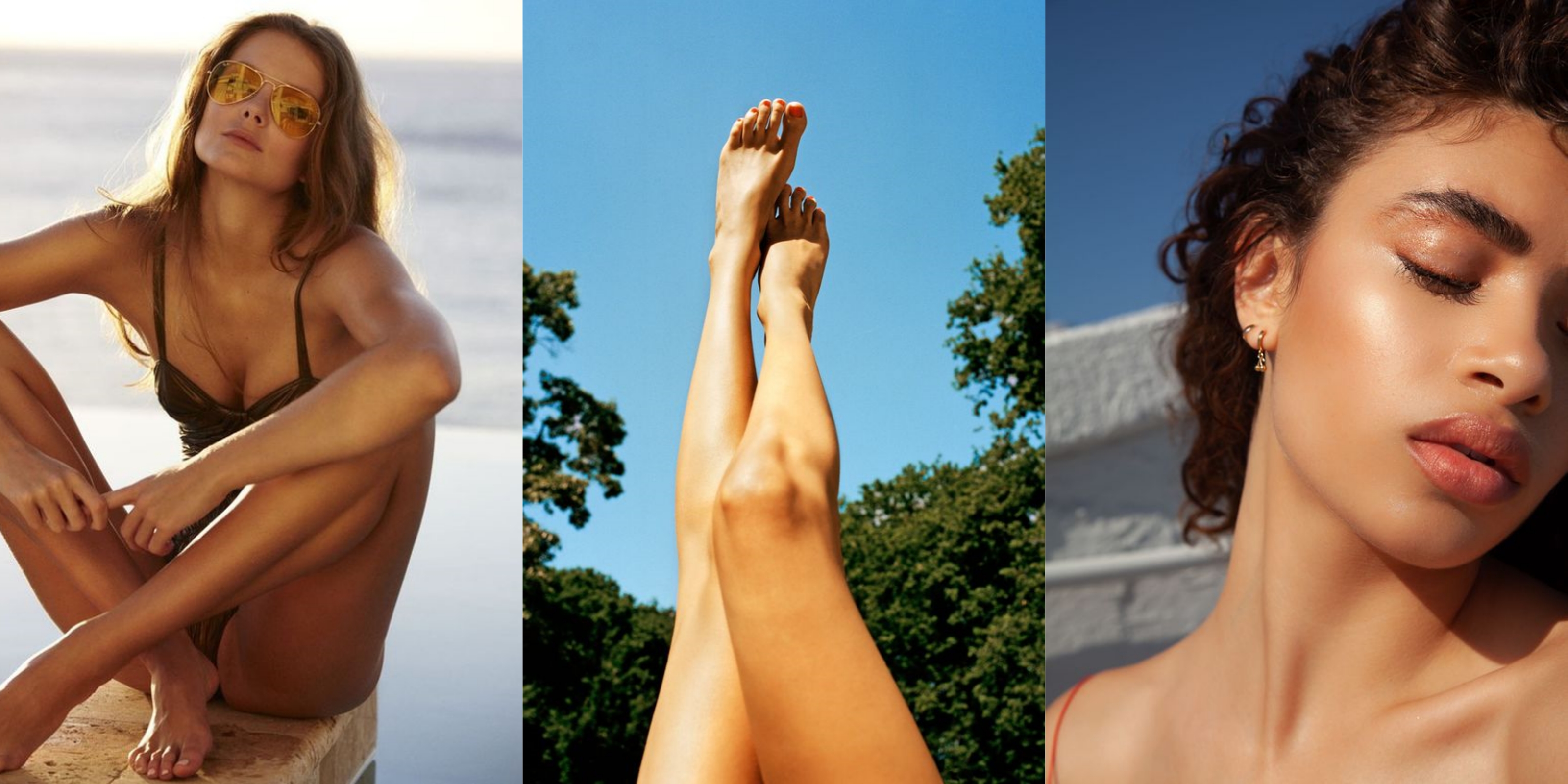Sun-Kissed Skin: The Ultimate Guide to Safe and Effective Tanning
There’s something undeniably alluring about sun-kissed skin. It’s a glow that speaks of lazy beach days, sun-soaked adventures, and that enviable, effortless beauty that seems to come so naturally in the summer. But as tempting as it is to bask in the sun’s warmth, achieving that golden tan without compromising your skin’s health is an art form that requires a little know-how. So, if you're dreaming of that perfect bronzed look, here’s your ultimate guide to getting it safely and effectively.
A Love Affair with the Sun
I still remember my first real sunbathing session. I was in my early twenties, on a beach in the south of France, eager to achieve that deep, sun-drenched glow that seemed to be the hallmark of every chic Parisian. Armed with a bottle of tanning oil (SPF who?), I stretched out on the sand, determined to return home looking like a golden goddess.
What I got instead was a lobster-red burn that left me hiding under wide-brimmed hats for the rest of the trip. Lesson learned: there’s a right way and a wrong way to tan, and the wrong way isn’t worth the pain—or the damage.
The Science of Tanning: What You Need to Know
Before you slip into your swimsuit and head outside, it’s essential to understand what’s happening to your skin when you tan. When exposed to UV rays, your skin produces melanin, the pigment that gives it color. While a tan might look healthy on the surface, it's actually your skin’s way of protecting itself from further damage. That’s why a responsible approach to tanning is crucial—it’s about enjoying the sun while keeping your skin safe.

Prep Like a Pro
One of the most important steps in achieving a beautiful tan is prepping your skin. Start with a good exfoliation session to remove dead skin cells, ensuring your tan goes on evenly. I love using a gentle scrub with fine particles, focusing on areas like elbows, knees, and ankles where tanning can be uneven. Think of this as creating the perfect canvas for your tan.
Next, hydrate, hydrate, hydrate. Moisturizing your skin helps it absorb UV rays evenly and reduces the risk of patchiness. The night before your sun session, slather on a lightweight moisturizer, paying extra attention to those dry spots. Trust me, it makes all the difference in achieving a smooth, even glow.
Sunscreen: Your Best Friend
Here’s where my younger self went wrong—thinking sunscreen was optional if I wanted a tan. The truth is, sunscreen is your best friend when it comes to safe tanning. Opt for a broad-spectrum sunscreen with at least SPF 30 to protect against both UVA and UVB rays. I’ve found that sunscreens formulated for tanning often include nourishing ingredients like coconut oil or shea butter, so you can protect your skin and enhance your tan simultaneously.
Don’t forget to reapply every two hours, especially if you’re swimming or sweating. And remember those often-forgotten spots like your ears, the tops of your feet, and the back of your neck—they need love, too!

Timing Is Everything
Timing your sun exposure can make a big difference in how your tan develops. The sun’s rays are strongest between 10 a.m. and 4 p.m., so it’s best to tan in the early morning or late afternoon. Not only does this reduce the risk of burning, but it also allows your tan to develop gradually and last longer.
Start with shorter tanning sessions and gradually increase your time in the sun. This approach helps your skin build up its natural defenses, giving you a deeper, more lasting tan without the burn.
Enhancing Your Tan
For those who want to boost their tan safely, tanning oils with SPF can be a great option. These oils attract and focus UV rays, enhancing your tan while still offering some protection. Look for oils with natural ingredients like jojoba or argan oil, which nourish the skin as you tan.
If you’re wary of UV exposure but still want that bronzed look, self-tanners are a fantastic alternative. Today’s formulas are incredibly advanced, offering streak-free, natural-looking results. Apply in sections, blend well, and let each layer dry before dressing. And yes, wash your hands thoroughly afterward—no one wants orange palms!
Aftercare: The Secret to Longevity
Once you’ve achieved your desired tan, proper aftercare is essential to keep your skin glowing. Post-tanning hydration is key—your skin needs nourishment to stay soft and radiant. I swear by after-sun lotions enriched with aloe vera or hyaluronic acid, which soothe and hydrate the skin.
Avoid hot showers or baths, as they can strip your skin of moisture and cause your tan to fade faster. Instead, opt for lukewarm water and pat your skin dry with a towel. Follow up with a rich body butter or cream to lock in moisture. Exfoliate gently once a week to maintain an even tan and prevent peeling.
And don’t forget to hydrate from within. Drinking plenty of water keeps your skin plump and radiant, helping your tan last longer.
Embrace the Glow, Safely
A sun-kissed tan is the ultimate summer accessory, a symbol of days spent enjoying life’s simple pleasures. By following these tips, you can achieve that coveted glow while protecting your skin’s health. Remember, the goal isn’t just to look good—it’s to feel good, too. So, embrace the warmth of the sun, but do so wisely, and let your skin shine in all its golden glory.